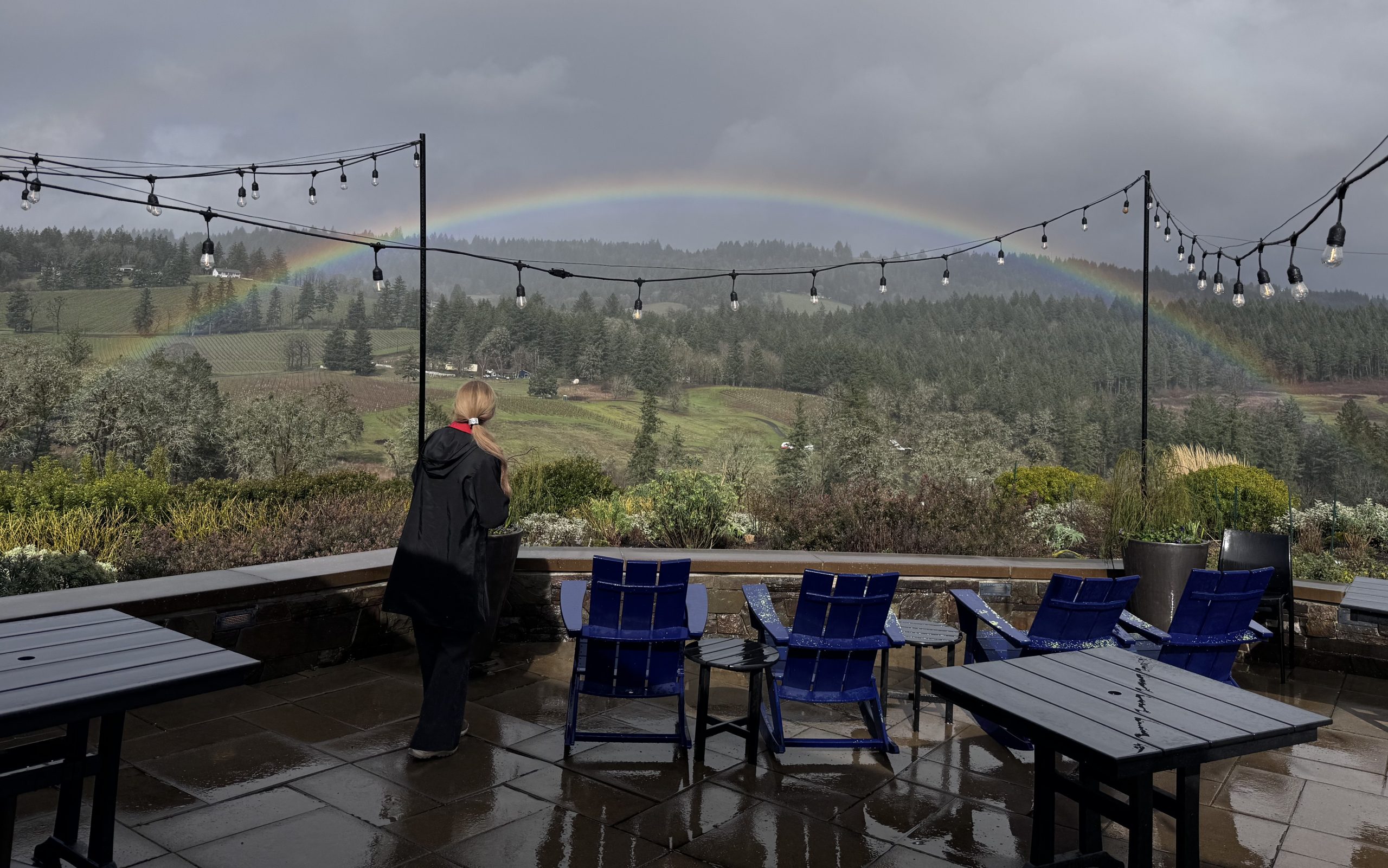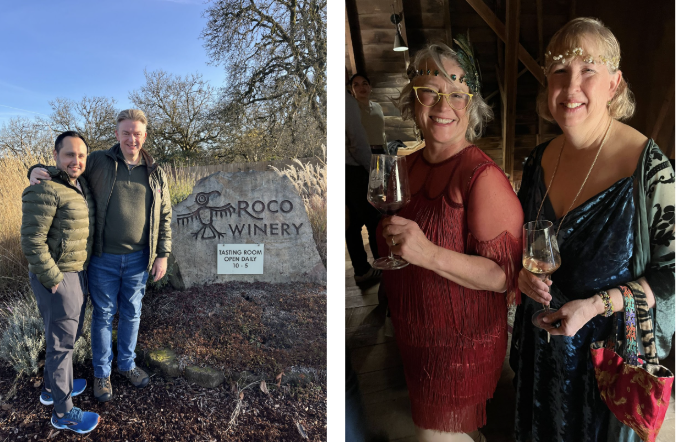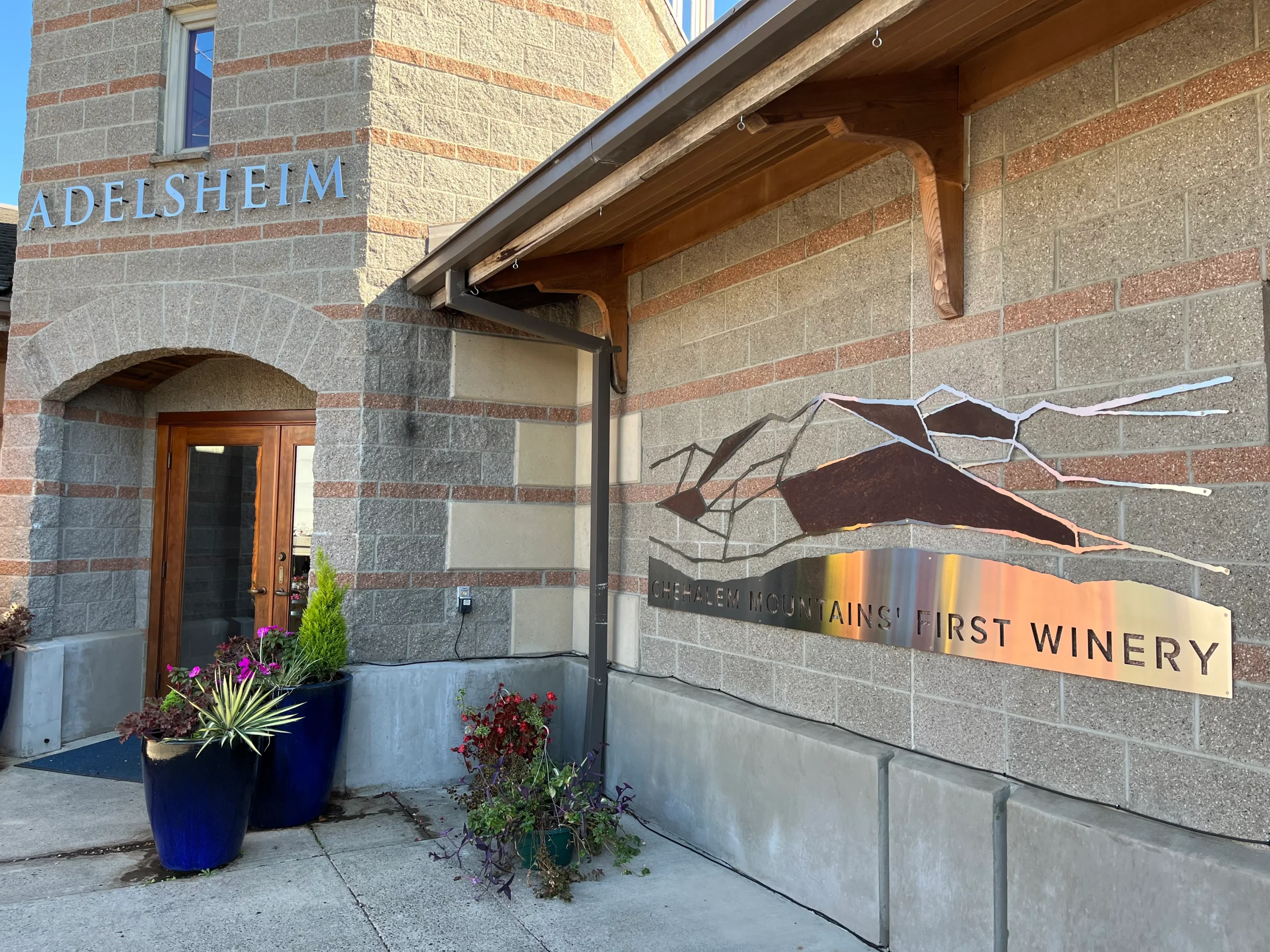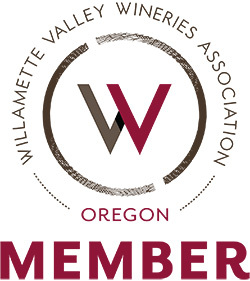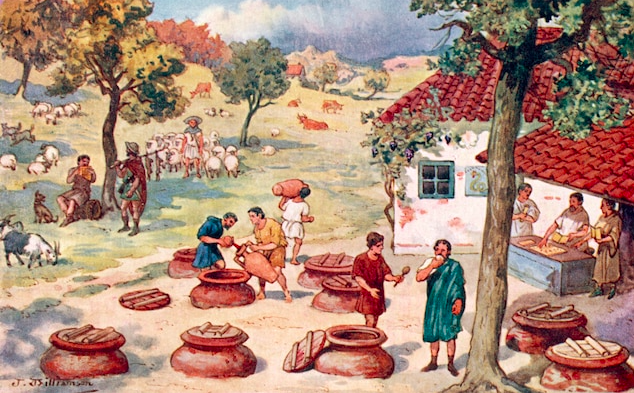
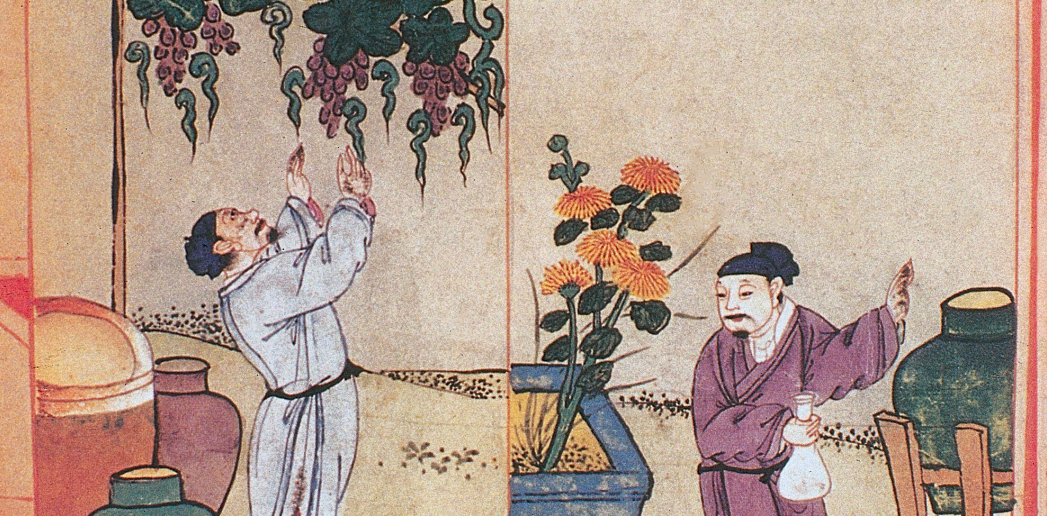
Forgive the Willamette Valley reference but I am a proud supporter! For those in the know, the valley floor of the Willamette River is full of hazelnut trees, where 99.9% of the US’s hazelnuts are grown.1 What does that have to do with wine history? Glad you asked! The #1 rule of growing grapes is to plant the vines on hillsides! Wine grapes taste best when they struggle. Fertile valleys, which grow great fruits, vegetables, grains and nuts, cause wine grapes to grow big and sweet.This sugar production is excellent for eating but not for wine: it would make the finished product too watery, too sugary. Wine grapes are small with concentrated juice, thick skins and seeds, all critical for the balance needed for a great wine: alcohol, tannins, sugar, acid and of course water.


